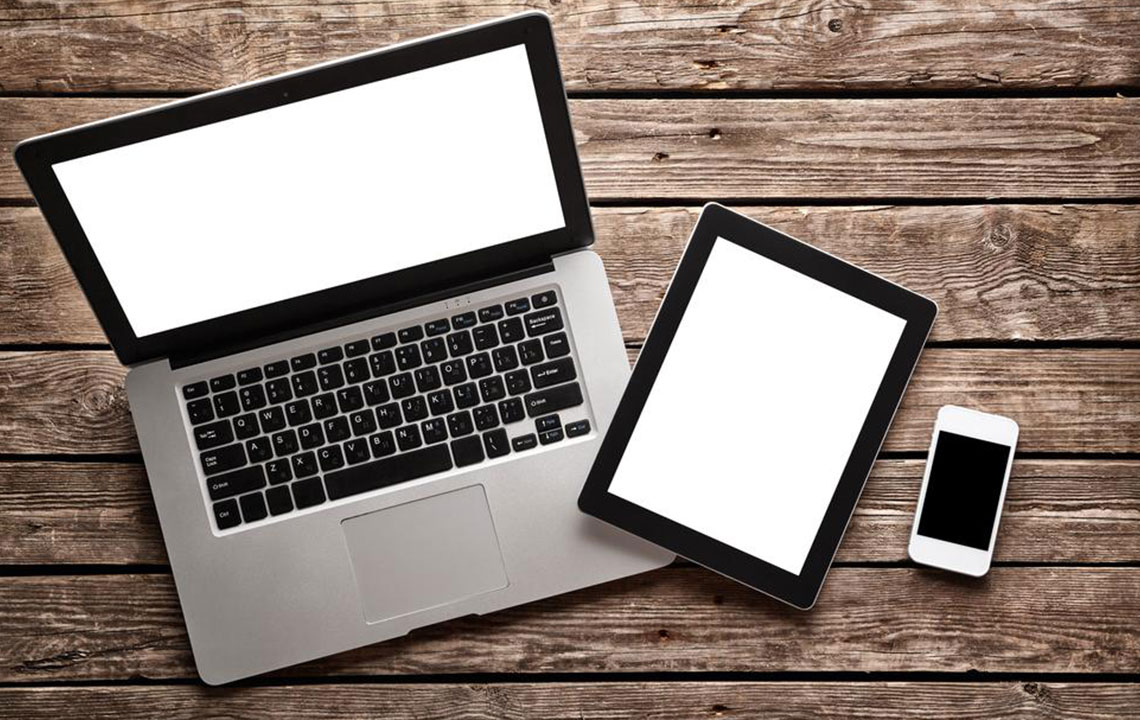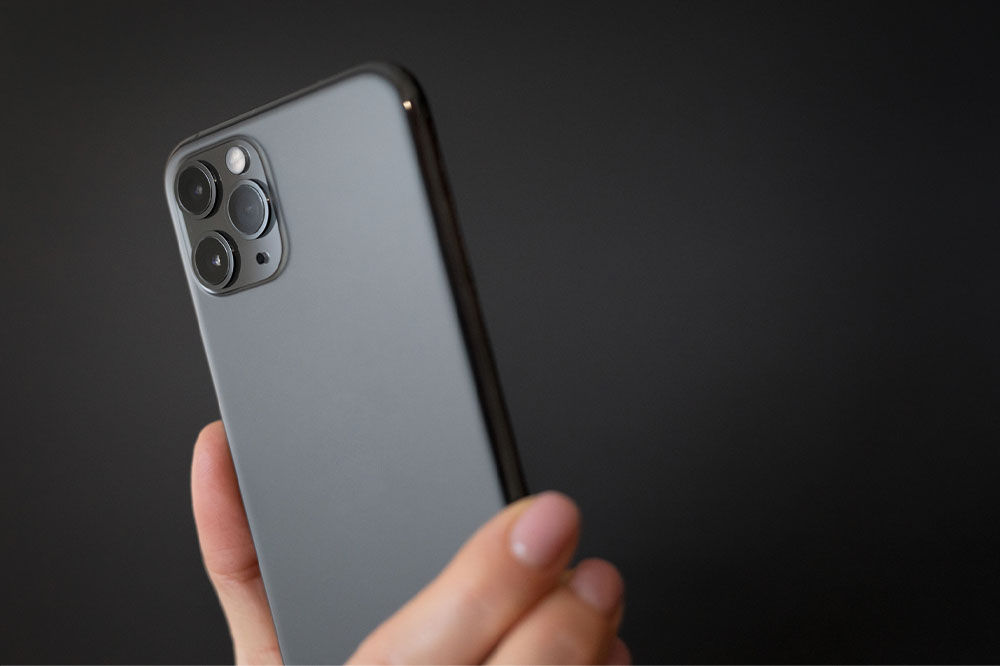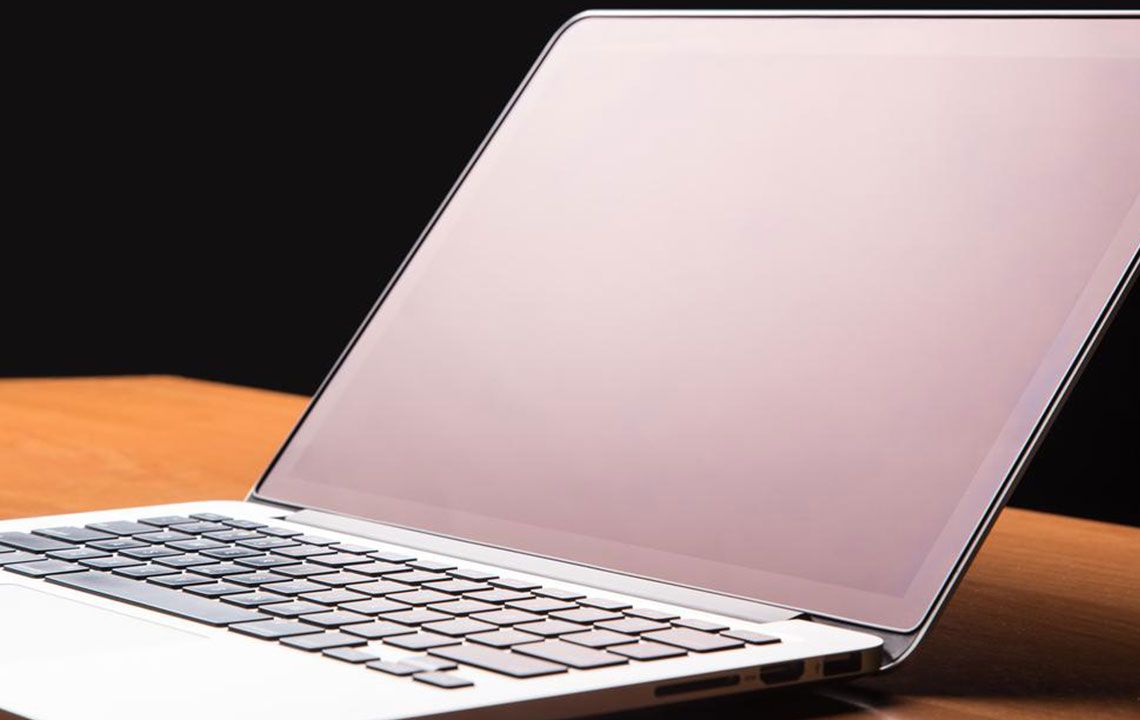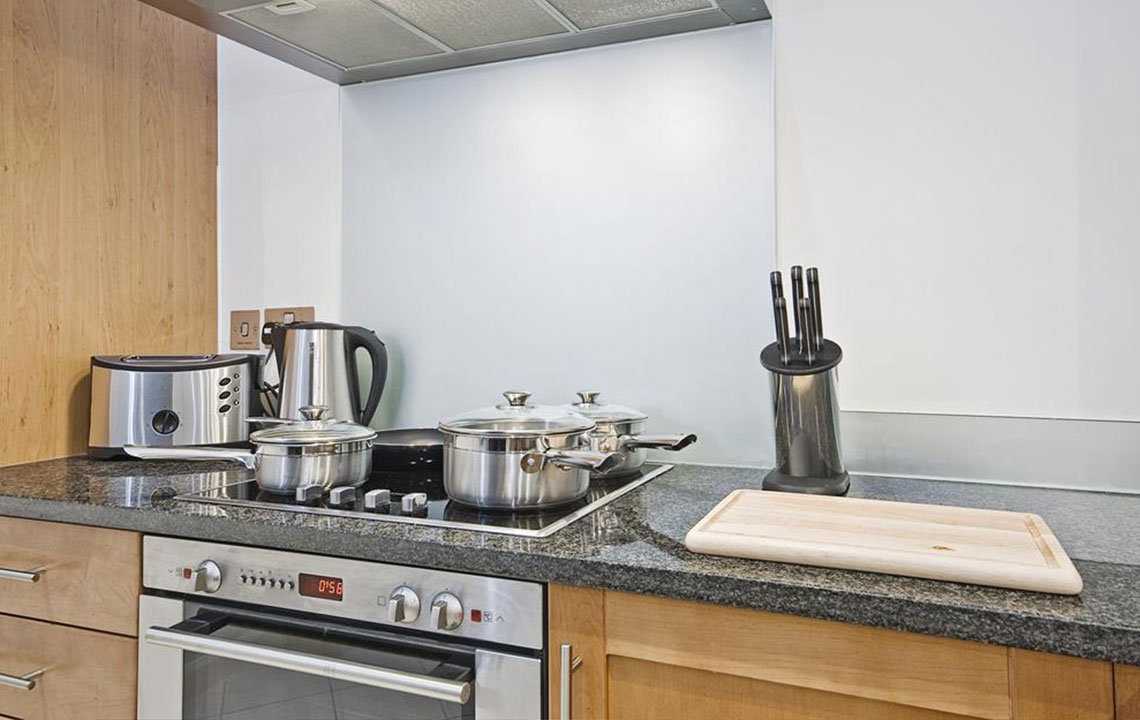Essential Tips for Selecting a Refurbished Laptop
Learn essential tips for choosing a reliable refurbished laptop. Understand what to check for, including operating systems, battery life, memory, and physical condition, to ensure you get a quality device at a lower price.
Sponsored

Key Factors to Consider When Choosing a Used Laptop
Searching for a new laptop can be overwhelming, especially when budget constraints limit options. Opting for a refurbished device offers a cost-effective solution without sacrificing quality. Refurbished laptops are pre-owned units that have been restored to good working condition, often with repairs or replacements as needed, and resold at a lower price. It’s important to note that these laptops might just need fresh packaging or minor repairs before they’re ready for use.
Assignment of standards for labeling such devices varies, so buyers should be cautious. Some refurbished units are returned unopened, and may lack accessories like chargers or cables. When purchasing, understanding the condition and features of a refurbished laptop is essential.
Critical tips for buying a refurbished laptop:
Check the operating system: Ensure the laptop runs on a recent OS version. Older systems may lack support, security updates, and compatibility with modern software, increasing vulnerability to malware.
Assess battery performance: Confirm the battery’s condition, whether it’s new or original, and verify its charging capacity. A reliable battery is key for portable use.
Determine memory needs: Consider how much RAM you require based on your software usage. Select a refurbished laptop with adequate memory for smooth operation.
Inspect physical condition: Examine for defects such as scratches, dents, broken hinges, or cracked screens. Ensure these cosmetic issues don’t impair the device’s functionality.






